
best shoes for peripheral artery disease brignac
Peripheral artery disease is related to reduced blood flow to the limbs. So, medicines may be given to improve blood flow. Aspirin or another medication, such as clopidogrel (Plavix), may be used to prevent blood clotting. Medications for leg pain. The drug cilostazol thins the blood and widens blood vessels.

peripheralarterydiseasemeasuringforpatientanklebrachialindexpictureid11349165432
Having struggled to continue Ironman training with peripheral arterial disease for the last four or five years, selection of the best shoes has been an interesting journey. I tried Hoka One Ones, various other "orthotic" running shoes, you know, the ones with loads of support, plus a big thick heel. That said, I consider walking and running.
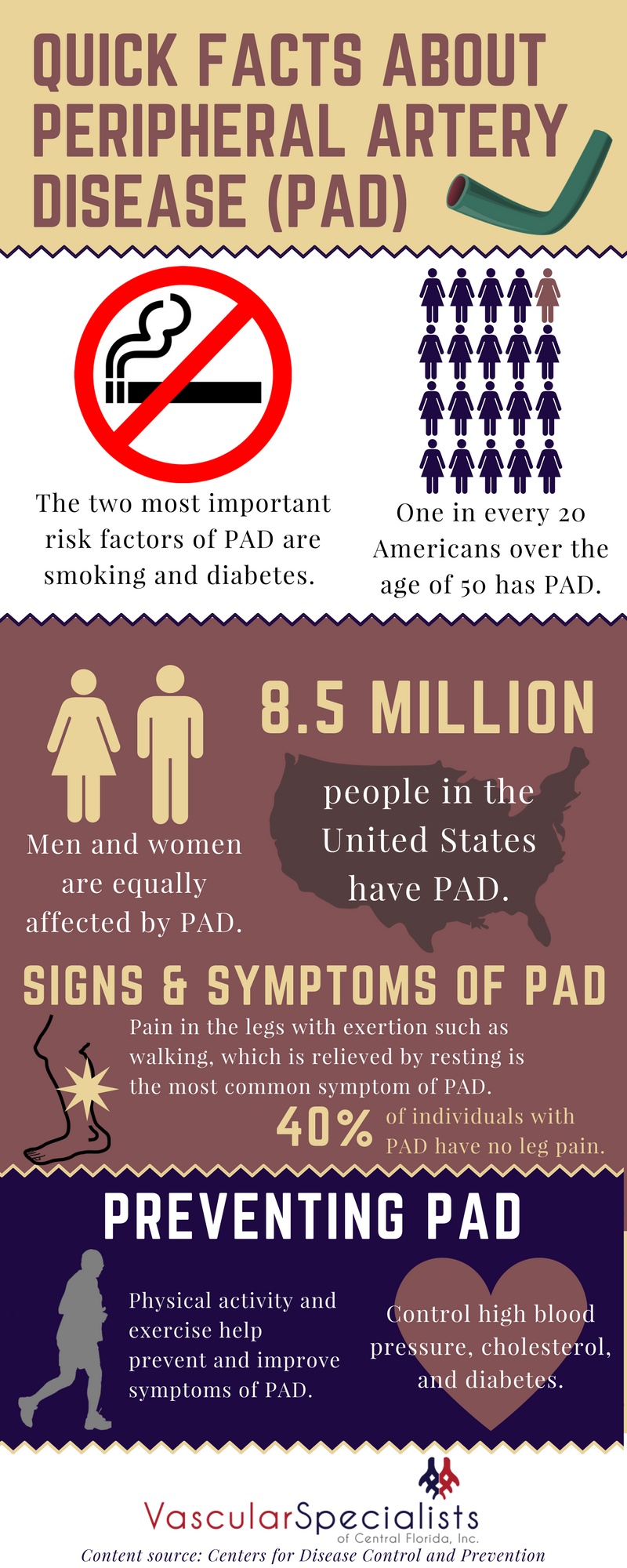
Risk Factors for Peripheral Artery Disease Artery and Vein
9 Tips for Living With Peripheral Artery Disease. Medically Reviewed by Murtaza Cassoobhoy, MD on March 19, 2023. Written by WebMD Editorial Contributors. 1. Walk and Rest. 2. Find the Right.

Keeping You Safe Podiatry Best Shoes For Peripheral Neuropathy City Place Surgery
Peripheral artery disease (PAD) is implicated in up to 50% of diabetes-related foot ulcers (DFU) and significantly contributes to morbidity and mortality in this population. An evidence-based guideline that is relevant to the national context including consideration of the unique geographical and health care system differences between Australia and other countries, and delivery of culturally.
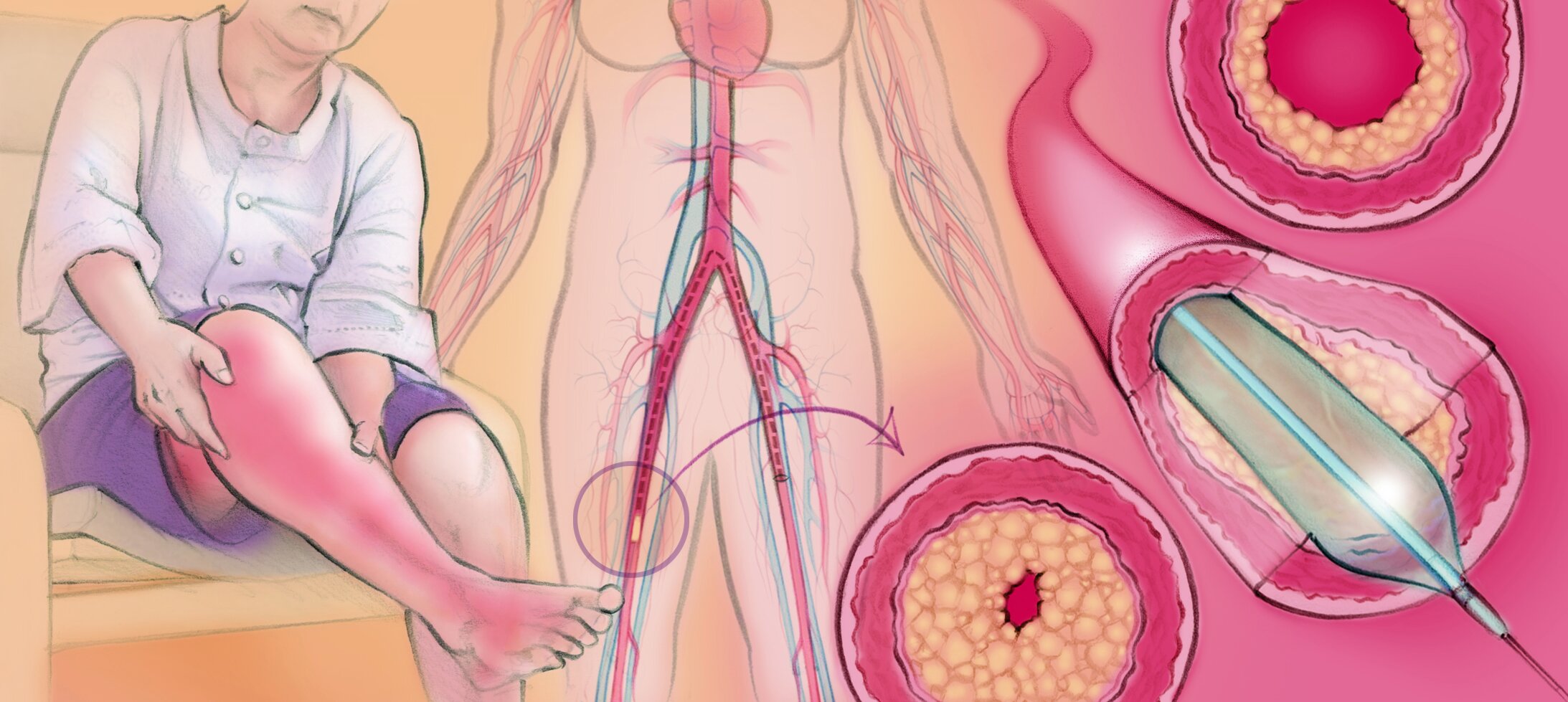
Peripheral Artery Disease — The Interventional Initiative
iStockphoto.com 531056230. Lower extremity clinicians say ankle foot orthoses, rocker-soled shoes, and other orthotic interventions can benefit patients with peripheral arterial disease and intermittent claudication by making it easier for them to exercise, and research is starting to demonstrate these benefits. By Shalmali Pal.

Diagnosis and management of peripheral arterial disease Medical coding, Arteries, Wounds nursing
Walk on a treadmill as long as possible until leg pain reaches three or four on a five-point scale. Rest until the pain goes away. Start walking again. Repeat this pattern for up to 60 minutes. Dr.

Walking for Peripheral Artery Disease No Pain, No Gain Clinical Advisor
to feel something wrong with your shoes or socks. 4. Choose shoes that will keep your feet safe. When you buy new shoes, have a shoe expert make sure the size is right for your feet. You may . not be able to feel a short or narrow shoe. Because your feet often get wider as you get older, you may need to change shoe sizes over time. When you.

What is Peripheral Artery Disease (PAD)? Imaging Center, Minimally Invasive Services
Peripheral artery disease (PAD) is a progressive atherosclerotic disease that affects >8 million Americans. 1 Symptoms of PAD are caused by insufficient arterial blood flow to the lower extremities, which often results in ischemia-induced, debilitating leg discomfort associated with walking. Claudication, which is cramping, aching, or pain in the calves, thighs, or buttocks, is the classic.
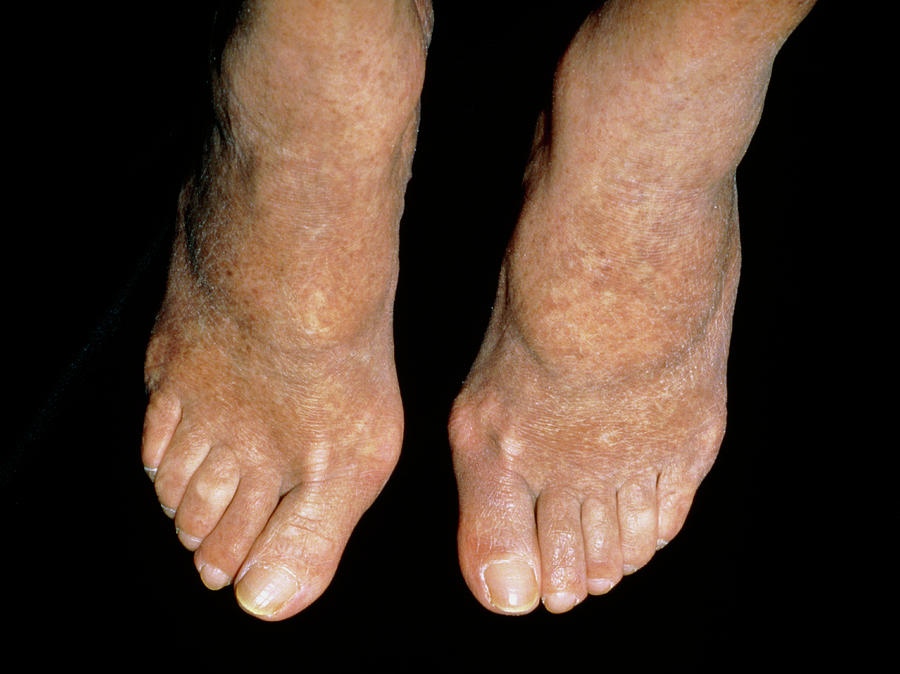
Peripheral Arterial Disease Feet
The impact of peripheral artery disease. PAD affects almost one in every five Australians. 1 Approximately 50 per cent of people with PAD show no symptoms, leading to under-diagnosis and under-treatment. 2. While PAD is not immediately life threatening, someone with PAD is up to six times more likely to have a heart attack or stroke. 3.

Peripheral artery disease PAD vector illustration VectorMine
Stages. Acute limb ischemia. Progression. Early symptoms. Treatment. Takeaway. PAD typically onsets with no noticeable symptoms. Over time, it can progress and begin causing limb pain and cramping.
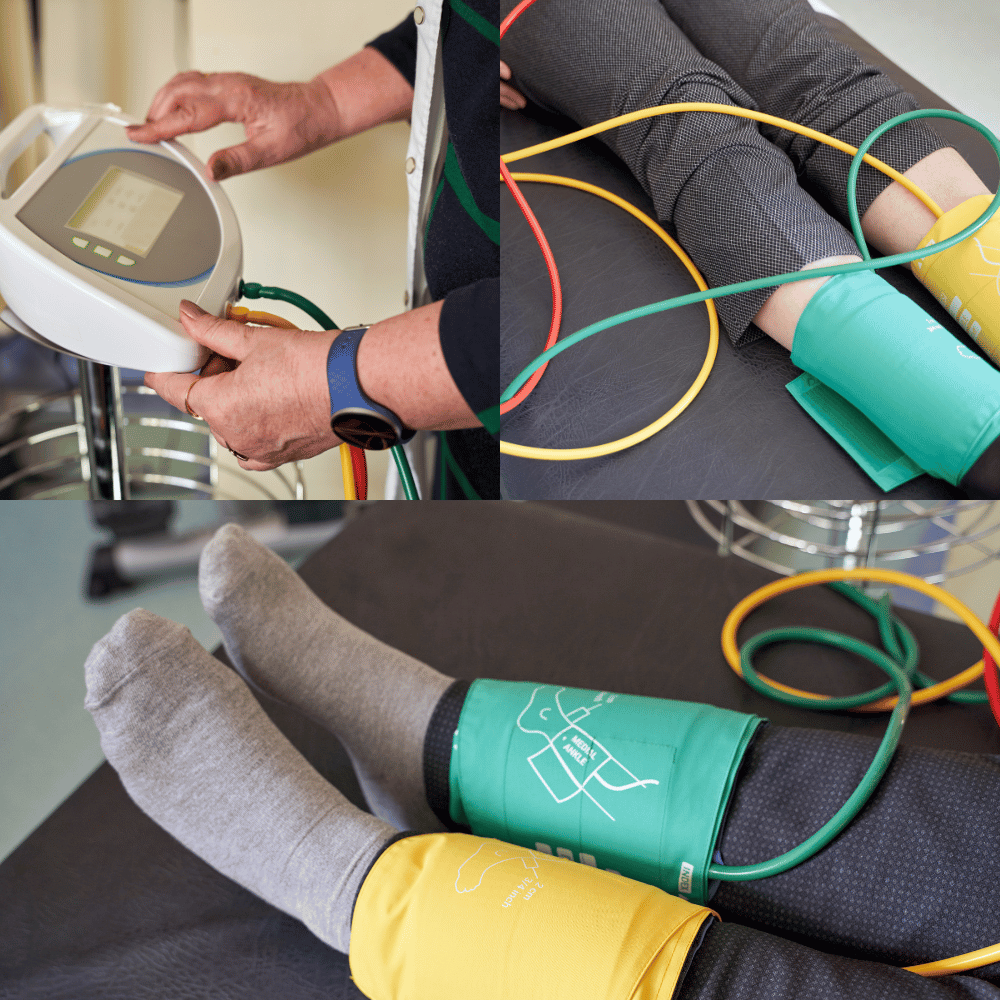
Top 3 shoes for Peripheral Artery Disease (PAD).
Walking is challenging when you have peripheral artery disease (PAD), narrowed arteries in the extremities. Even short distances can create leg pain and fatigue because your muscles can't get sufficient oxygen to meet demand.. Ironically, the best way to go further before symptoms stop you is to walk faster, according to a small.
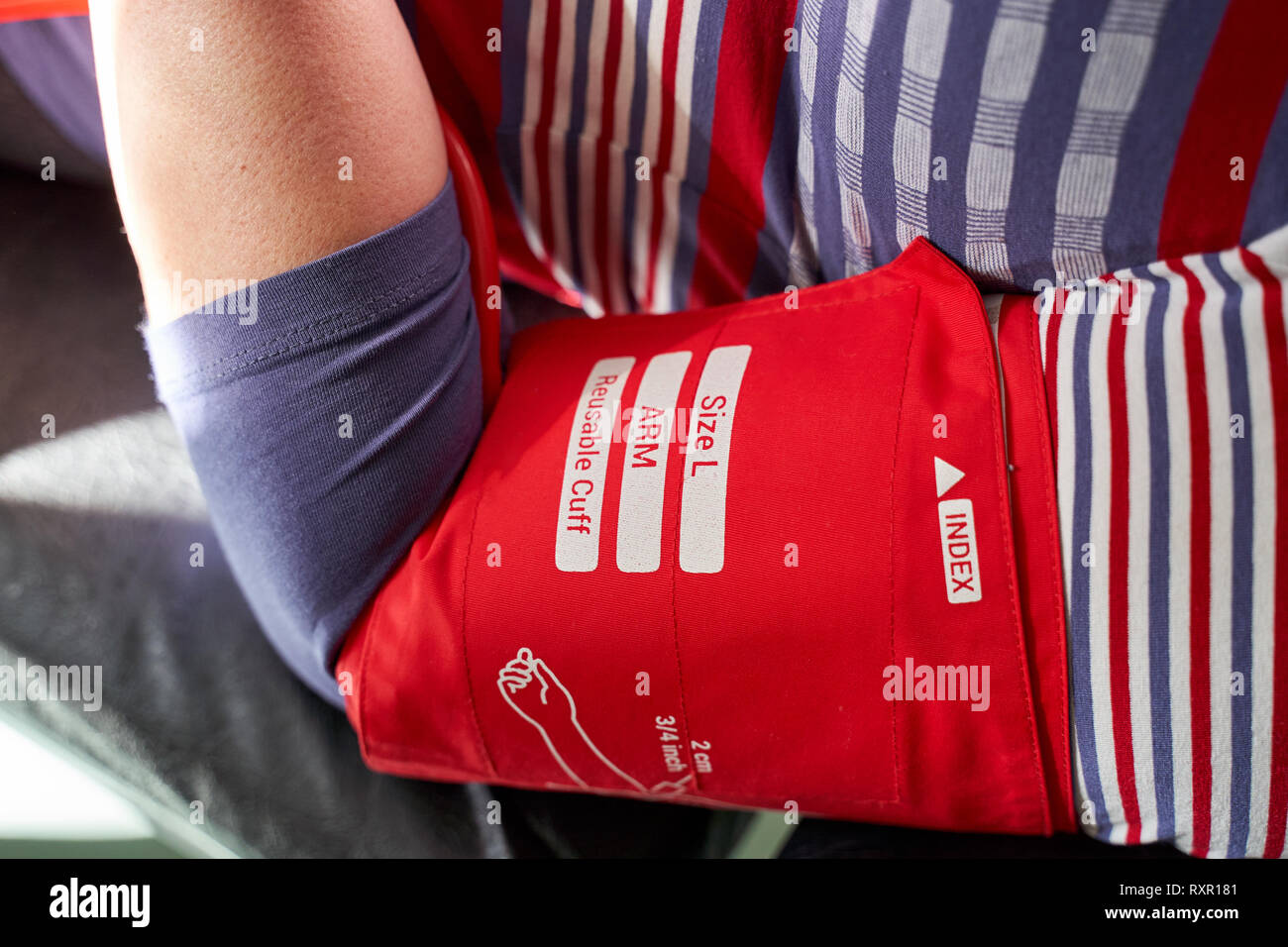
Peripheral artery disease measuring for patient anklebrachial index (ABI) test limb ischemia
Pain. Pain and achiness are among the most common symptoms of PAD. This type of pain often arises from everyday physical activities, such as walking, and then stops when you rest. It most often.
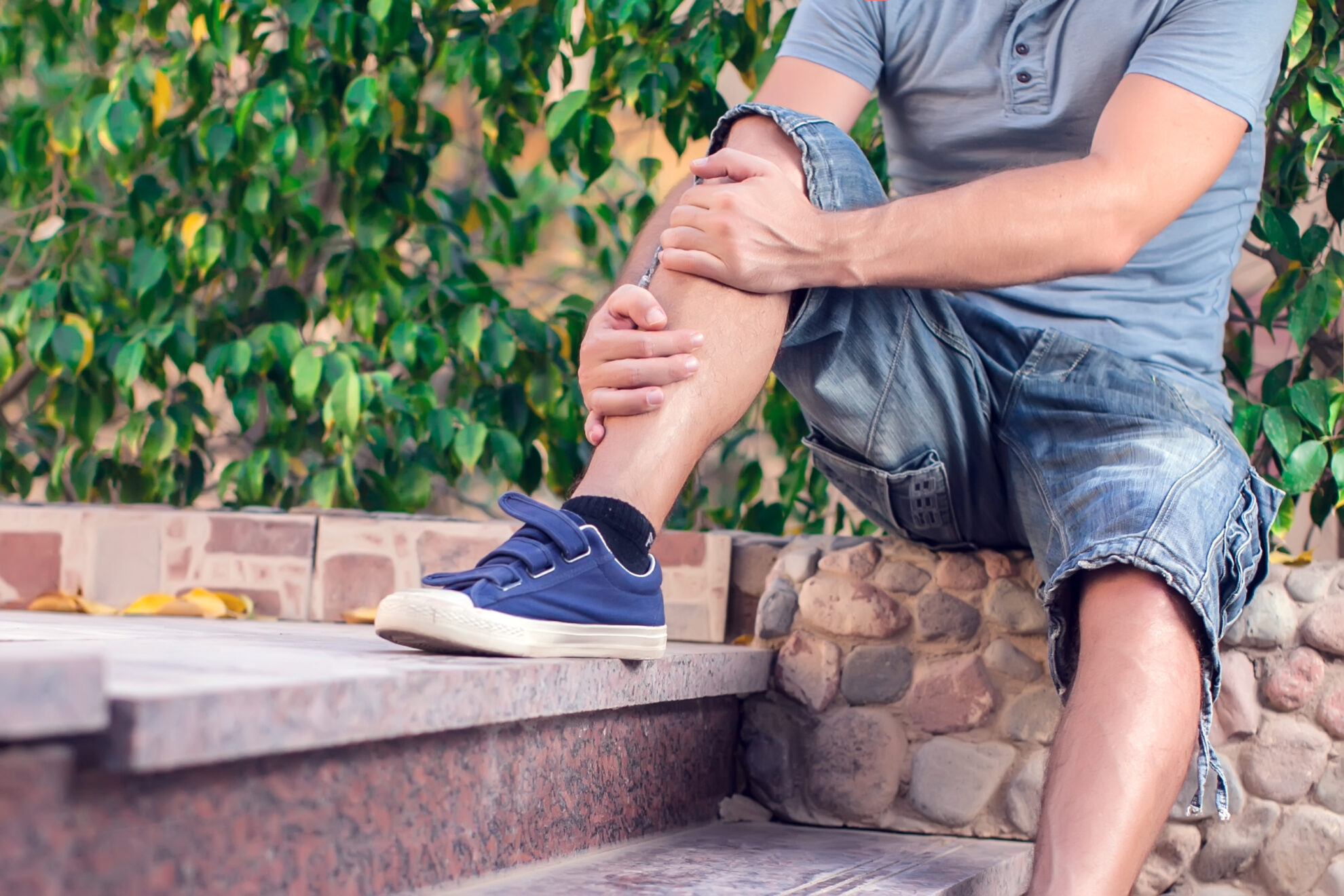
Peripheral Artery Disease (PAD) is a Risk Factor for Cardiovascular Disease Peak Heart & Vascular
PAD Symptoms and Risk Factors. If you have cramping, tingling or weakness in your legs, you might have peripheral artery disease, also known as PAD. PAD can lead to leg or foot amputation and even heart attack or stroke. Early detection is key! If you have trouble with your feet or legs, talk to a doctor about PAD and ask to take off your socks.

Peripheral Artery Disease Escalating Worldwide Peripheral artery disease, Foot health, Feet care
PAD affects 6.5 million people ages 40 and above, and is primarily caused by atherosclerosis, or a buildup of fatty plaque in the arteries. Leg pain during exercise that gets better after rest, like Abigail experienced, is a classic symptom of PAD, although as many as 4 in 10 people with PAD don't experience it.
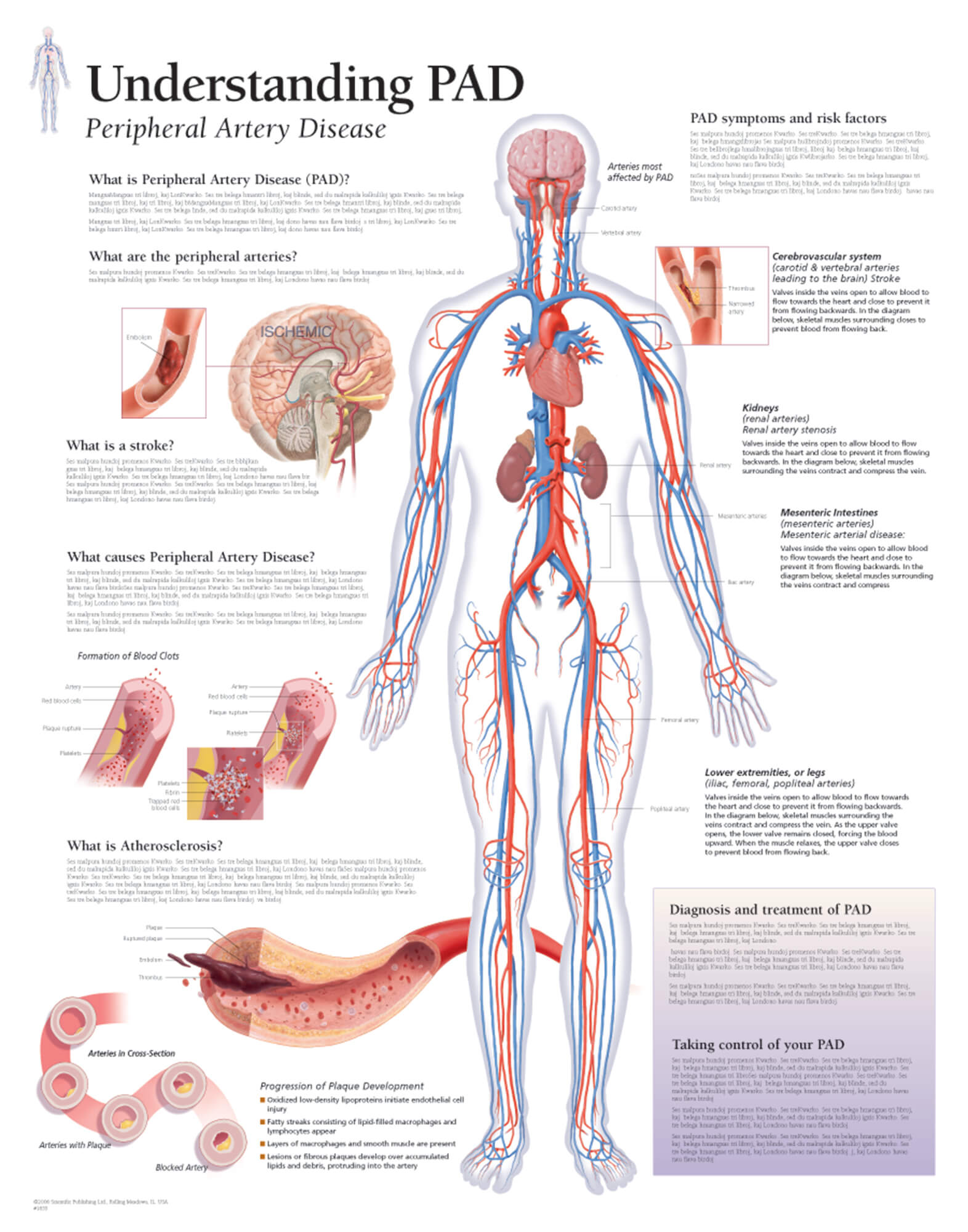
Understanding PAD Scientific Publishing
A podiatrist can do a pressure analysis to predict where ulcers or sores may show up. "The right shoes can help you avoid breakdowns by taking the pressure off those areas," Ross says. Also.

The 7 Of the Best Shoes for Peripheral Neuropathy 2022(That really helps)
Guidelines. Of the 11 guidelines, three contained specific recommendations for foot care in patients with peripheral vascular disease. 3 - 5 The other eight guidelines focused on the prevention and management of foot ulcers in patients with diabetes or peripheral neuropathy. 6 - 13 Two of the guidelines were Canadian. 7, 9 All but one guideline 8 reported on the methods used to develop the.